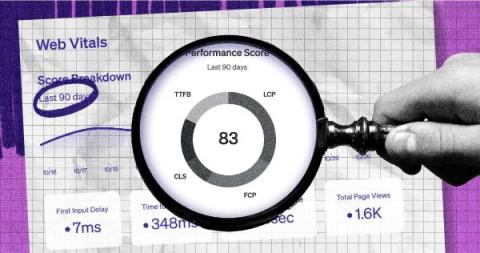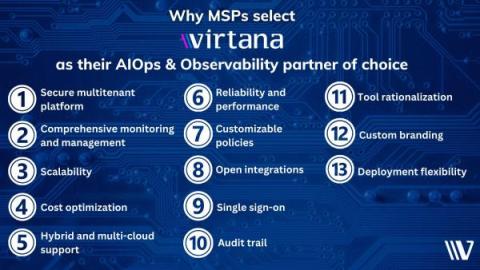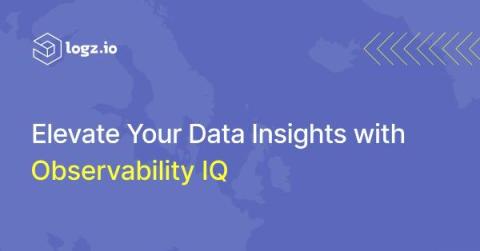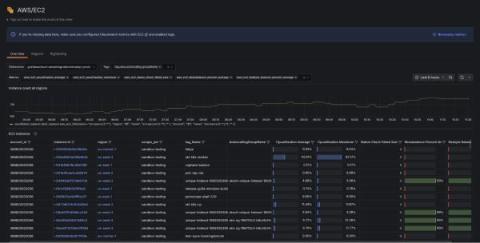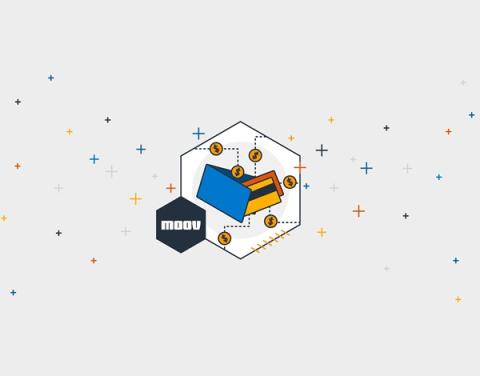Fine-tune observability configurations for all your Azure integrations in one place
Microsoft Azure provides an array of managed services to support many aspects of cloud computing, including application development, workload migration, and data management. To help you monitor the health and performance of these services, Datadog offers integrations with more than 40 Azure services, including Azure Kubernetes Service (AKS), Cosmos DB, and Azure App Services. Each integration provides robust data visualizations, meaningful alerts, and one-click Datadog Agent deployment.




